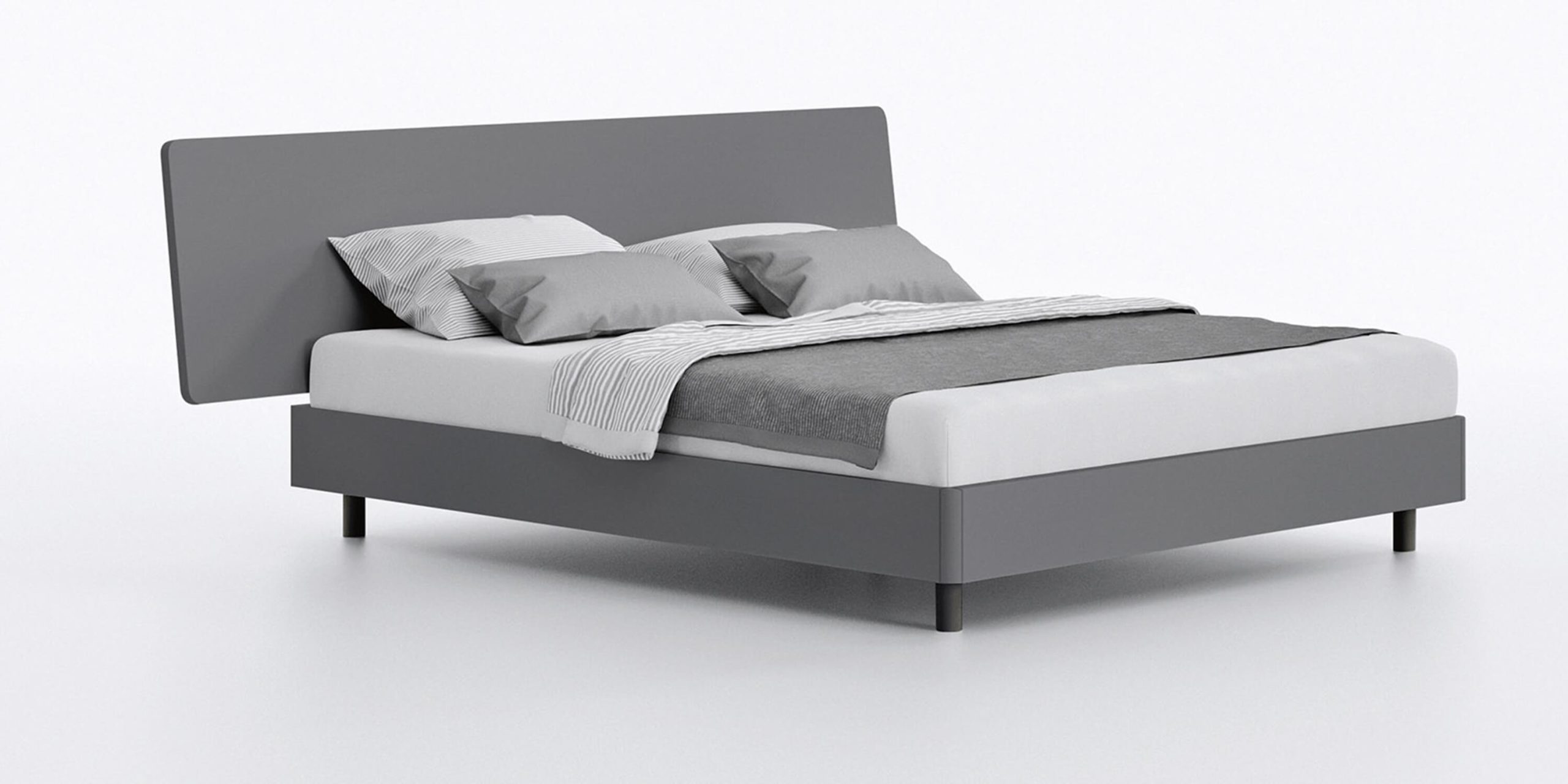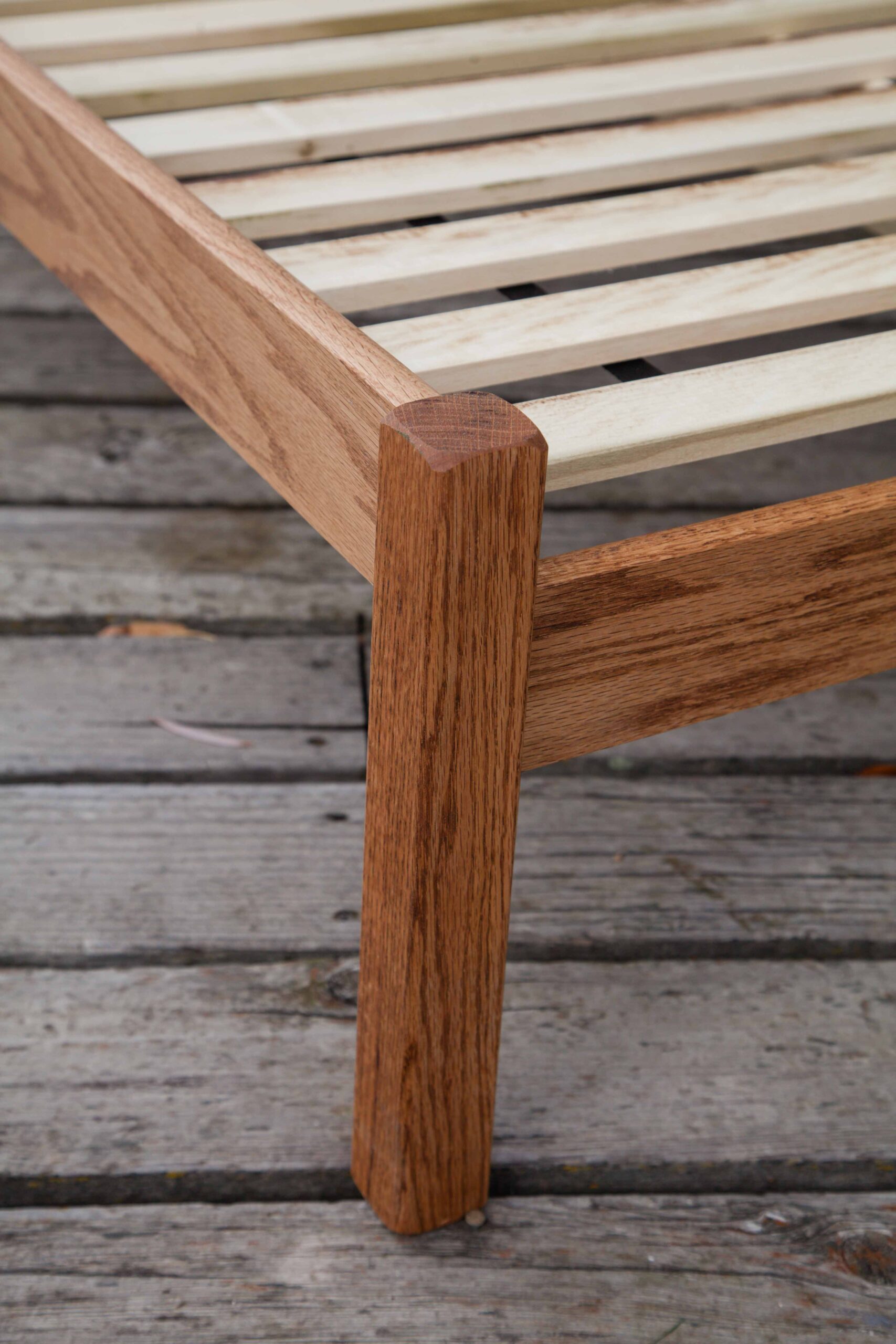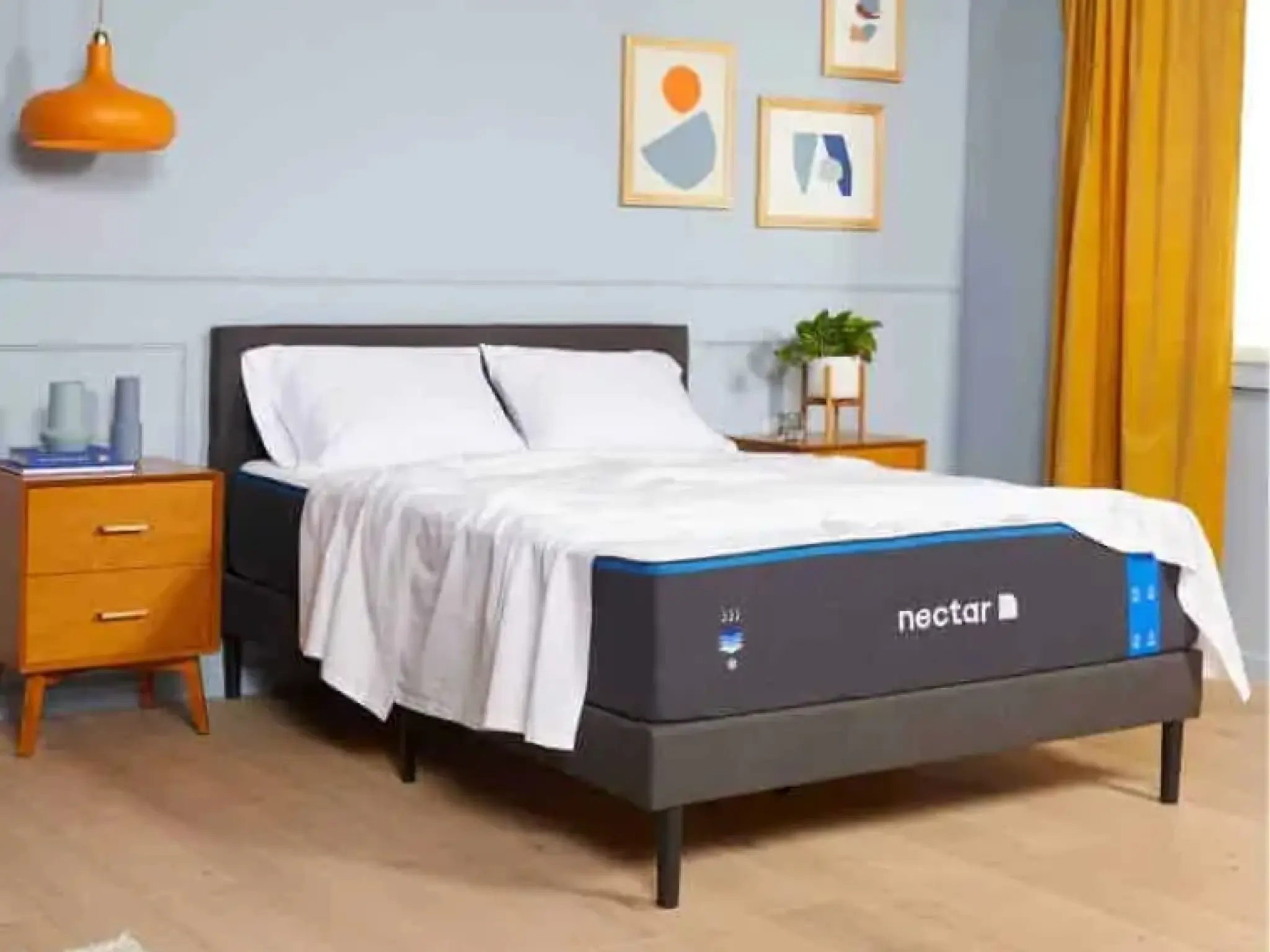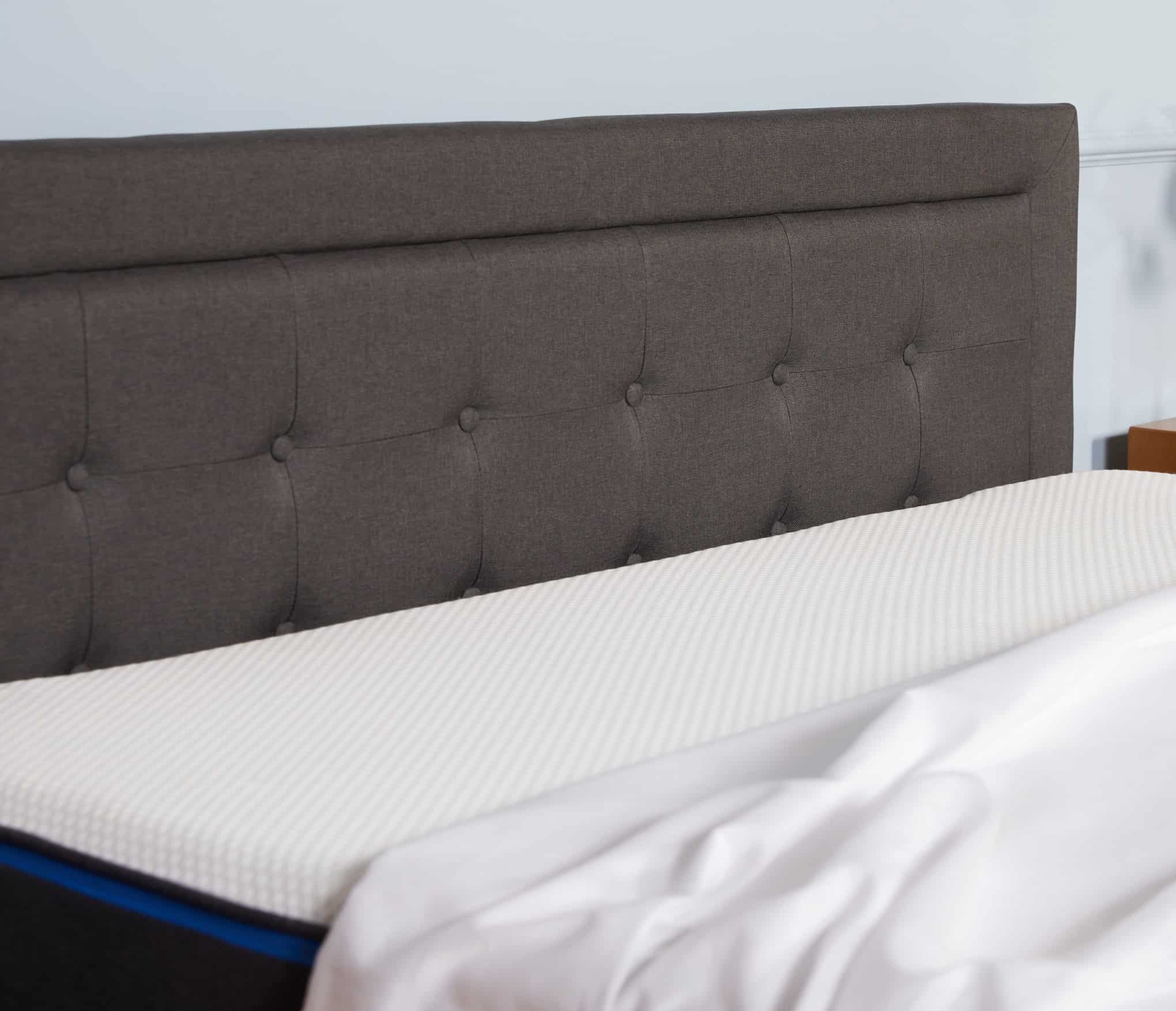Introduction:
Whether a mattress needs a box spring is a common one among those setting up a new bed or replacing an old one. While box springs have been a staple of bed setups for generations, modern mattress technology and changing preferences have led to alternative support options. In this comprehensive guide, we’ll explore the role of box springs, alternative support options, and factors to consider when choosing the best support for your mattress.

1. Understanding Box Springs:
Traditionally, a box spring is a wooden or metal frame with springs inside, designed to provide a supportive base for a mattress. Its primary functions include:
- Elevating the mattress: Box springs add height to the bed, making it easier to get in and out of bed, and enhancing the overall aesthetic appeal.
- Absorbing shock: The springs inside a box spring absorb shock and distribute weight evenly, reducing wear and tear on the mattress and prolonging its lifespan.
- Providing ventilation: The open design of box springs allows air to circulate around the mattress, preventing moisture buildup and promoting a cooler sleep environment.
2. Do You Need a Box Spring?
While box springs offer benefits, they are not always necessary, especially with modern mattress designs. Factors to consider include:
- Mattress type: Many modern mattresses, such as memory foam, latex, and hybrid mattresses, are designed to be used with solid, flat surfaces rather than box springs.
- Bed frame: Some bed frames come with built-in slats or platforms that provide sufficient support for the mattress without the need for a box spring.
- Personal preference: Some people prefer the feel of a mattress directly on a solid surface, while others enjoy the added bounce and height that a box spring provides.
Ultimately, whether you need a box spring depends on your mattress type, bed frame, and personal preference.
3. Alternative Support Options:
If you decide against using a box spring, there are several alternative support options to consider:
- Platform bed: Platform beds feature a solid, flat surface that provides ample support for a mattress. They come in various styles and materials, offering both functionality and aesthetic appeal.
- Slatted bed frame: Slatted bed frames consist of wooden or metal slats spaced evenly across a frame, providing support and ventilation for the mattress. They are compatible with most mattress types and offer a modern, minimalist look.
- Adjustable base: Adjustable bases allow you to customize the angle of your mattress for optimal comfort and support. They are particularly beneficial for those with specific sleep preferences or medical conditions.
- Solid foundation: If you prefer a simple, no-frills support option, a solid foundation made of wood or metal can provide sturdy support for your mattress.
4. Factors to Consider:
When choosing the best support option for your mattress, consider the following factors:
- Mattress warranty: Check your mattress warranty to see if using a box spring or alternative support option will void the warranty.
- Bed height: Consider the height of your bed and how it will affect your ability to get in and out of bed comfortably.
- Sleep preferences: Think about your sleep preferences, such as firmness level and temperature regulation, and choose a support option that complements your mattress and enhances your sleep quality.

5. Pros and Cons of Using a Box Spring:
To further aid in your decision-making process, let’s delve deeper into the pros and cons of using a box spring:
Pros:
- Enhanced support: Box springs are designed to provide consistent support across the entire surface of the mattress, which can be beneficial for maintaining proper spinal alignment.
- Increased mattress lifespan: By absorbing shock and reducing wear and tear on the mattress, box springs can help prolong the lifespan of your mattress, potentially saving you money in the long run.
- Improved airflow: The open design of box springs allows air to circulate around the mattress, preventing moisture buildup and promoting a cooler sleep environment, which can be particularly advantageous for those who tend to sleep hot.
Cons:
- Compatibility issues: Box springs may not be compatible with all mattress types, particularly those that require a firm, flat surface for optimal support, such as memory foam and latex mattresses.
- Additional cost: Purchasing a box spring adds to the overall cost of setting up a bed, which may not be desirable for budget-conscious consumers.
- Bulky and cumbersome: Box springs can be heavy and difficult to maneuver, making them challenging to move and transport, especially in tight spaces or up stairs.
Considering these pros and cons can help you determine whether a box spring is the right choice for your mattress and sleep setup.

6. Maintenance Tips for Box Springs:
If you decide to use a box spring, it’s essential to maintain it properly to ensure optimal performance and longevity. Here are some maintenance tips to keep in mind:
- Regular cleaning: Vacuum the surface of the box spring regularly to remove dust, dirt, and debris that can accumulate over time. Spot clean any stains promptly to prevent them from setting in.
- Rotate and flip: To promote even wear and prevent sagging, rotate and flip the box spring every six months. This helps distribute weight more evenly and extends its lifespan.
- Check for damage: Periodically inspect the box spring for signs of wear, such as broken or loose springs, sagging areas, or frayed fabric. Repair or replace any damaged components as needed to maintain optimal support and performance.
By following these maintenance tips, you can ensure that your box spring continues to provide reliable support for your mattress for years to come.v

Conclusion:
In conclusion, whether a mattress needs a box spring depends on various factors, including mattress type, bed frame, and personal preference. While box springs offer benefits such as added height and shock absorption, they are not always necessary, especially with modern mattress designs. Alternative support options, such as platform beds, slatted bed frames, and adjustable bases, provide ample support and ventilation for mattresses of all types. Ultimately, choose the support option that best suits your needs and preferences, ensuring a comfortable and restful night’s sleep.
Ultimately, choose the support option that best suits your mattress type, sleep preferences, and budget constraints. Whether you opt for a traditional box spring or explore alternative support options, prioritizing proper support and maintenance will help ensure a comfortable and restful night’s sleep for years to come.

